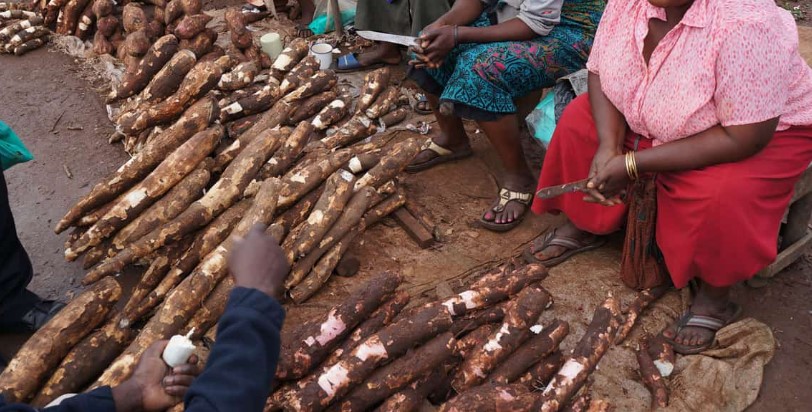The demand for cassava grew to 3 million metric tonnes (MT) in 2022, below production of 946,076 MT under 61,592 hectares.
According to Self Help Africa Head of Programmes Peter Aluoch, this has led to reliance on cassava importation from neighboring countries to meet the high local demand for the food product.
The cassava usage is linked to expanding cassava utilization beyond human consumption into use in animal feeds and starch for industries.
“In 2020, the country produced 898,110 MT of cassava from 61,754 ha, translating to 14.54 tons/ha productivity. This is lower compared to 16 – 24 tons/ha in China, Indonesia, and Thailand,” Aluoch says.
Kenya is the least productive country in East Africa regarding cassava production; Uganda produces 4 million MT annually, while Tanzania produces 8 million MT.
Did you read this?
These differences can be attributed to a number of factors, including poor seed systems, unorganized markets, a lack of clean planting supplies, and lax regulations.
Cassava is mostly grown in Kenya's coastal, central, and western regions for food, cash, and animal feed.
Notwithstanding its significance, the yields fall well short of this crop's agronomic potential.
“The traditional production systems are failing to address household food security and income. In the Coastal region for example, cassava is considered an important food crop and production accounts for 30 percent of the total national production. In the Eastern region, production accounts for less than 10 percent of the country’s production,” he said.
The latest data indicates that the average cassava farm yields are low, at approximately 7–10 MT/ha, compared to the research yield potential of about 50 MT/ha of fresh cassava tubers.
State Department Crop Development and Agricultural Research Principal Secretary Paul Rono raised concerns over the huge import bill for food.
“We are still importing food even though we have fertile land and resources. We have challenges in food security and the commercialization of the same. The government has put up a model to promote each and every crop grown in Kenya,” Rono added.
He directed the department in charge of crops, Kalros and Kephis, to move in the next three months to make sure that all the varieties of crops are identified, classified, and communicated to understand what it means so that we can promote our farmers.









